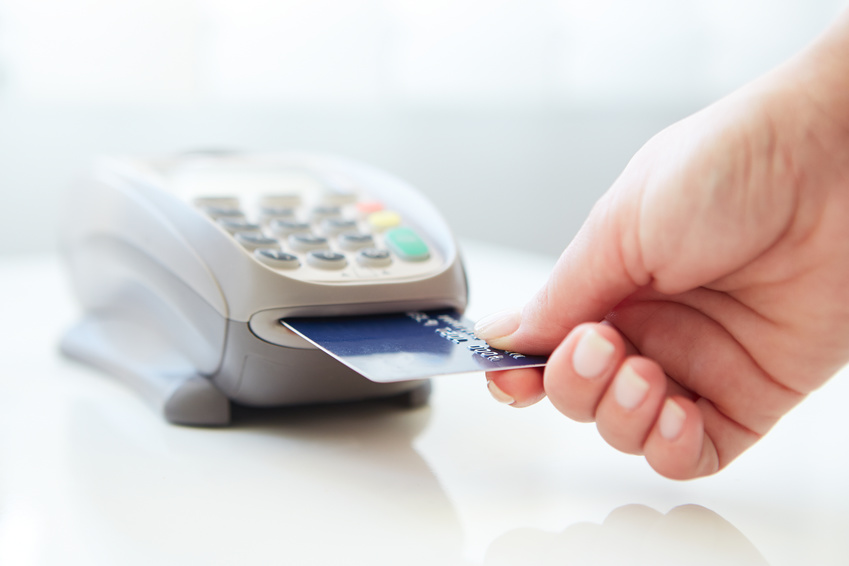EMV chip cards, the more secure cards with data-encrypting chips are the latest major innovation in the card payments industry. Card issuers and banks continue to do their part to ensure that every customer has these cards. Retailers on their part are in a rush to deploy new point-of-sale terminals that support them.
With this EMV migration rollout proceeding full steam ahead, a lot of misconceptions have cropped up across the payments ecosystem. Here are three most common misconceptions.
EMV reduces all payment card frauds
Each time you complete a transaction using EMV, unique data is created and this makes it really hard for hackers to copy and use the information on that credit card.
But that is as far as its protection goes: the card. With that area closed for fraudsters, experts predict an increased online fraud as alternatives to these data thieves. Your organization must therefore consider implementing a holistic, layered security measure as the best approach to data security.
EMV keeps organizations safe from all data breach
Because you have successfully implemented the EMV migration, now your organization is safe from any form of data breach, right? Wrong!
EMV primarily works to provide mechanisms to check and validate a card, and that’s how it prevents thieves from counterfeiting or duplicating cards.
But like any organization that deals with card payments, your organization collects and keeps customer information such as names, credit card information and addresses on a central database. Fraudsters can still use sophisticated malware exploits to access this data.
That’s why you should always get the help of a secure encryption and tokenization platform such as emerchantbroker.com to work in combination with the encrypted EMV devices in your environment for safe EMV credit card processing.
Support for EMV is mandatory
The EMV functionality is a choice you make as a recommended security upgrade and not mandated as many people assume. Following the October 1, 2015 Fraud Liability Shift though, in the event that a fraudulent card use occurs, you personally become liable to the loss realized if you are using a less secure technology. Notice that in the past, the card issuer would be held liable to such losses.


